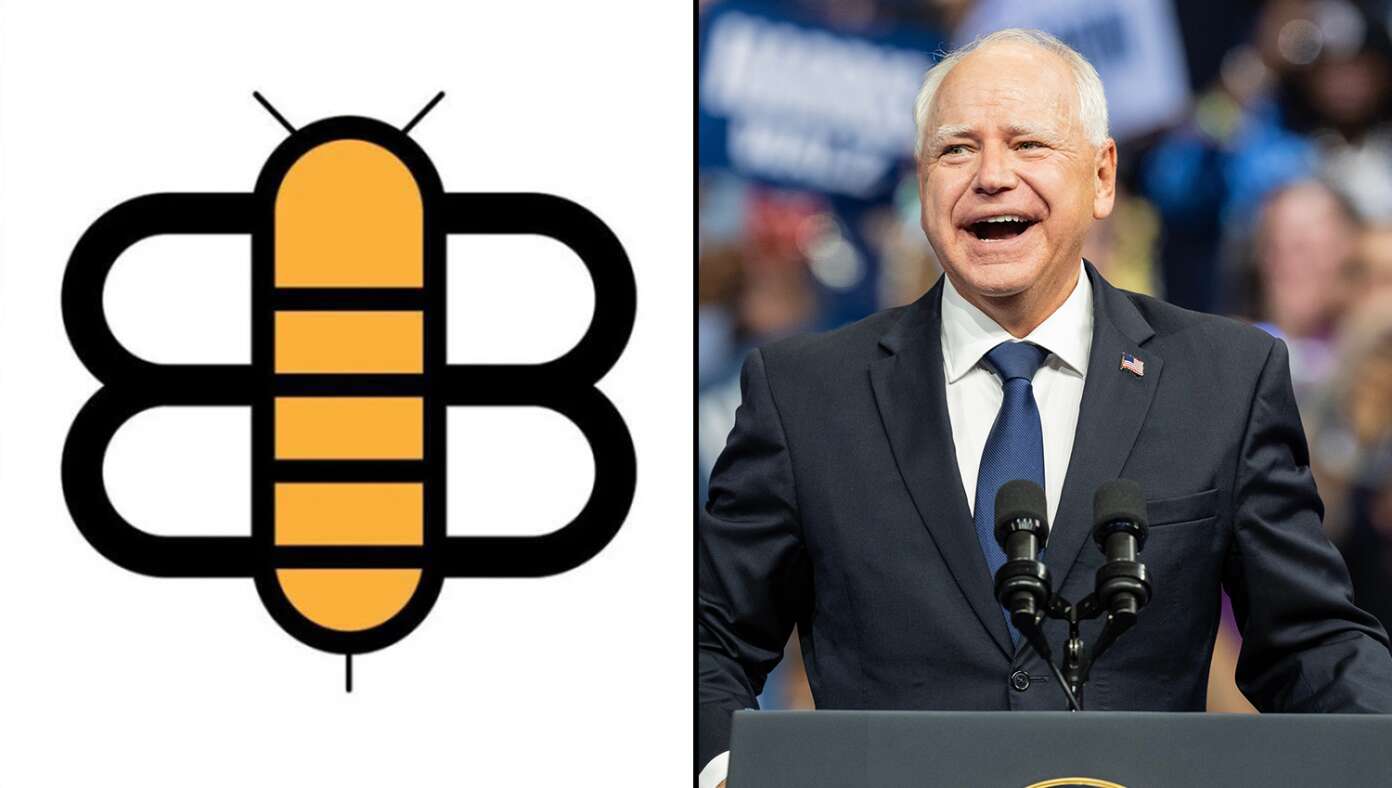BALTIMORE, MD - Researchers working at Johns Hopkins University confirmed Monday that they have located the part of the human brain that causes people to see a little cartoon character named McGee.
Scientists have long known that the imaginary cartoon man offers humans much-needed comic relief and provides running commentary on whatever moral quandaries people are facing, and now they have a better understanding of what part of the brain directs his zany, wacky antics.
"This portion of the brain shows heavy activity whenever one encounters a difficult moral decision, such as whether to make up a lie about one of your neighbors so your friends will think you're bad to the bone, or whether you should let your fame from going on a hokey game show go to your head," said one research intern. "It appears the human brain hallucinates the goofy little character and makes him act in little skits that complement whatever moral lesson the person happens to be learning in a given 30-minute segment."
The team of researchers stated that this is an exciting new area of neurological study that should help scientists better understand the little cartoon people that appear whenever people, especially Christians, are learning life lessons like how to be kind, how to deal with bullies, and why you shouldn't go watch scary movies.
At publishing time, researchers had also identified the part of the brain that compels people to waltz with potatoes up and down the produce aisle.










